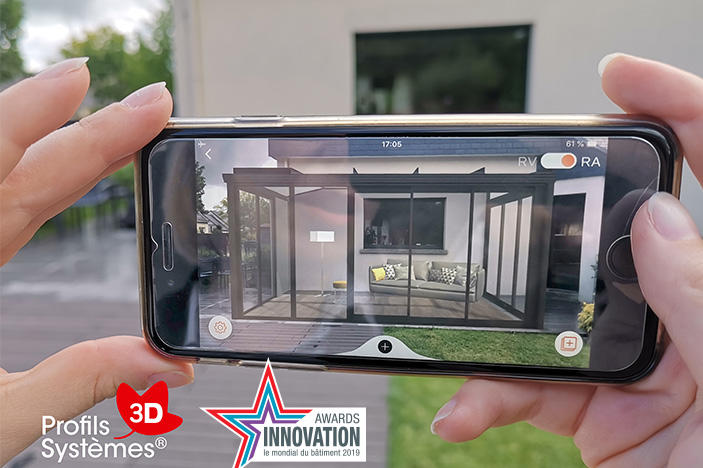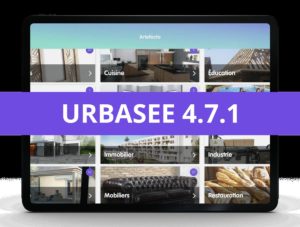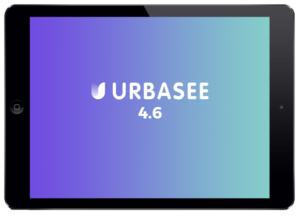Avant d’entreprendre de lourds travaux extérieurs, les particuliers doivent prendre en considération la nécessité de nombreuses démarches administratives. Les aménageurs extérieurs (menuisiers), doivent, quant à eux, s’assurer que les autorisations ont bien été accordées avant de débuter un chantier.
Quelles sont les démarches administratives à prévoir ?
Les travaux d’aménagement extérieur sont divisés en deux catégories :
- Ceux qui ajoutent plus de 20m² de surface et/ou modifient les volumes de la maison : un permis de construire est alors exigé.
- Ceux qui créent une surface de moins de 20m² et/ou modifient l’aspect extérieur initial de la maison : dans ce cas une déclaration préalable de travaux est suffisante.
Ces démarches administratives sont souvent pénibles car les délais d’instruction sont généralement longs (un mois pour une déclaration de travaux et deux à trois mois pour un permis de construire). De plus, les dossiers se doivent d’être complets et souvent le plus précis possible pour accélérer au maximum les démarches et faciliter l’acceptation du projet.
Quelques exemples ...
La pose d’un portail ou d’une clôture est soumise à des règles précises. Le permis de construire est inutile, mais la déclaration préalable est exigée. Elle devra être accompagnée d’indications précises sur le projet (plans, matériaux, teintes…).
Une pergola, qu’elle soit adossée à la maison ou indépendante, est soumise à une déclaration de travaux ou à un permis de construire, selon ses dimensions. Seules les pergolas démontables ne nécessitent pas de démarches administratives.
Faire construire une véranda nécessite de faire quelques demandes. Tout dépend de la surface de cette nouvelle construction mais dans tous les cas, il convient de la déclarer en mairie. Une demande de permis de construire est toutefois obligatoire car il s’agit d’une pièce supplémentaire. Le recours à un architecte pourra être exigé dans certains cas (habitation de plus de 170 m², accueil de public, zones classées…).
Il y a aussi des cas spécifiques !
Si la propriété est située à proximité d’un monument historique, dans une zone naturelle protégée ou encore dans une commune bénéficiant d’un PLU (Plan Local d’Urbanisme), certaines règles spécifiques peuvent s’appliquer. Tous les travaux extérieurs peuvent alors faire l’objet d’autorisations !
URBASEE, votre meilleur allié
Le réalisme et la précision de l’outil URBASEE vous permettront de visualiser le projet en conditions et à taille réelle dans son environnement. Cette solution, qui projettera en réalité augmentée la future installation, pourra vous permettre d’intégrer au dossier de votre client l’étude d’insertion.
Aussi appelée « insertion sur site », l’étude d’insertion est un document graphique permettant d’apprécier la représentation du projet de construction dans son environnement. Il s’agit d’insérer un rendu 3D en perspective dans une photographie du terrain existant. Il est attendu que le document soit représentatif de la réalité en architecture, matériaux et couleurs. Le document permet au service urbanisme de votre commune de considérer l’impact sur l’environnement selon le point de vue utilisé. Le choix de l’angle est important et reflète la vision principale du projet depuis la voie publique.
L’insertion sur site est un document qui requiert des compétences techniques mais avec URBASEE, cette obligation est facilitée. Intégrez le projet du client dans son environnement grâce à la réalité augmentée, effectuez une capture d’écran, imprimez et votre étude d’insertion est prête !




